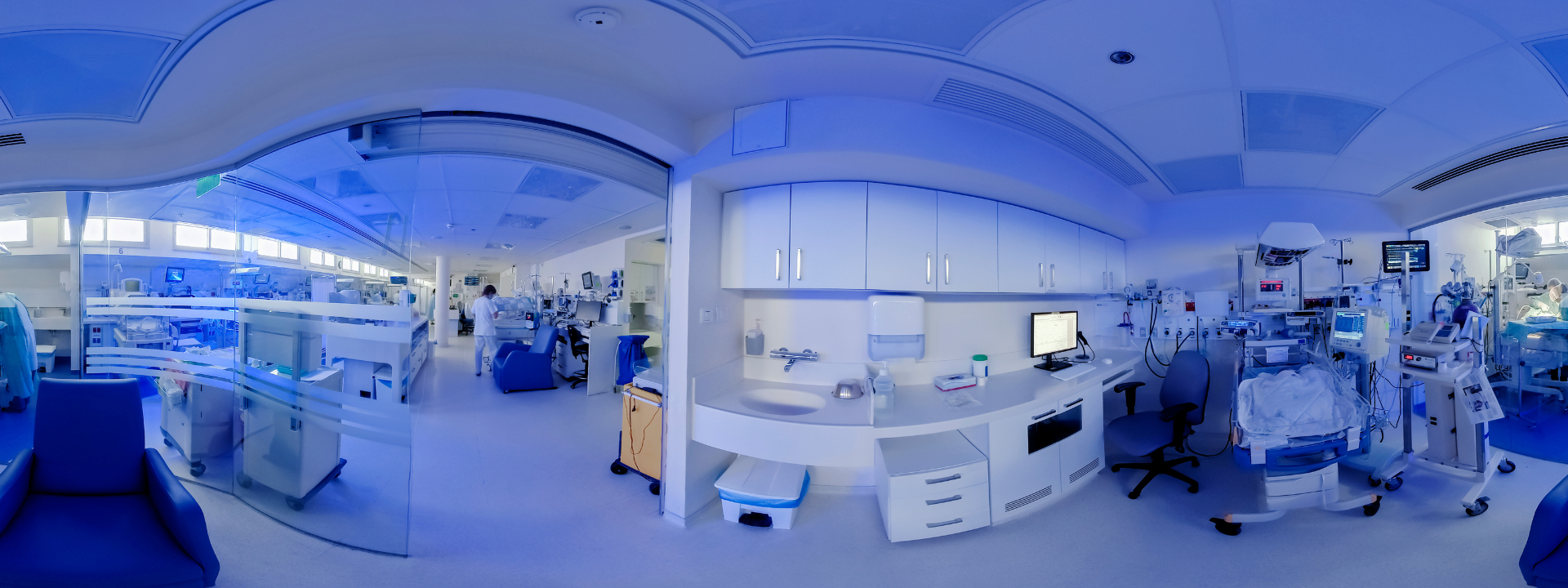Demystifying Healthcare Billing: Understanding the Difference Between 837 and 835
In the complex landscape of healthcare billing, efficient and accurate communication between healthcare providers and payers is crucial.

In the complex landscape of healthcare billing, efficient and accurate communication between healthcare providers and payers is crucial for smooth financial transactions. Two essential electronic transaction standards that play a pivotal role in this process are the 837 and 835. These standards, developed by the Accredited Standards Committee (ASC) X12, govern the exchange of healthcare claim and payment information. In this article, we will delve into the key distinctions between the 837 and 835 transactions in the realm of healthcare billing.
- 837 Transaction: The Claim Submission
The 837 transaction, also known as the Health Care Claim: Professional (837P) or Institutional (837I), is used by healthcare providers to submit claims to payers. This electronic format streamlines the submission process, reducing errors and accelerating the reimbursement cycle. The 837 includes comprehensive information about the services rendered, such as:
- Patient information
- Provider details
- Procedure and diagnosis codes
- Service dates
- Claim amounts and charges
Essentially, the 837 serves as the bridge between healthcare providers and payers, ensuring that accurate and detailed information is communicated for reimbursement.
- 835 Transaction: The Electronic Remittance Advice (ERA)
Contrary to the 837, the 835 transaction deals with the payment side of healthcare billing. It is known as the Health Care Claim Payment/Advice (835) and serves as the Electronic Remittance Advice (ERA). The 835 provides a detailed explanation of payments made by the payer to the healthcare provider. Key components of the 835 include:
- Payment information (amount paid, adjustments, etc.)
- Claim details (reference numbers, dates)
- Adjustment reason codes
- Patient responsibility information
- Provider information
By leveraging the 835 transaction, healthcare providers can reconcile their accounts receivable, track payment discrepancies, and identify any denied or adjusted claims.
- Interconnected Workflow: The Claim Lifecycle
Understanding the relationship between the 837 and 835 is crucial for comprehending the end-to-end healthcare billing process. The workflow typically unfolds as follows:
- 837 Submission: Healthcare providers transmit claims electronically to payers using the 837 format, initiating the billing process.
- Payer Processing: Payers receive the 837 claims and process them, determining the appropriate reimbursement amounts and any adjustments.
- 835 Remittance: Payers send the 835 transaction to healthcare providers, detailing the payment information and reasons for any adjustments made during processing.
- Reconciliation: Healthcare providers use the information in the 835 to reconcile their accounts, ensuring that payments align with the submitted claims.
- Benefits of Standardization: Enhanced Efficiency and Accuracy
The utilization of standardized formats like the 837 and 835 brings several benefits to the healthcare billing process. Standardization streamlines communication, reduces manual errors, and accelerates reimbursement cycles. Additionally, it facilitates interoperability among different healthcare systems and ensures compliance with regulatory requirements.
Conclusion:
In the intricate landscape of healthcare billing, the 837 and 835 transactions play indispensable roles in facilitating the exchange of claim and payment information between healthcare providers and payers. By understanding the nuances of these electronic standards, stakeholders can optimize their billing processes, enhance efficiency, and ensure accurate financial transactions in the dynamic healthcare ecosystem.





